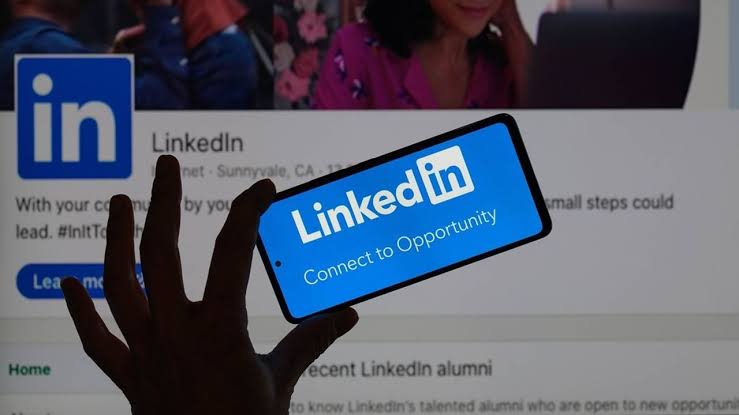LinkedIn has become more than just a platform to upload your CV, it is now the world’s largest professional networking hub. This is why it’s important to know how to use LinkedIn for networking and jobs purposes.
For job seekers, career changers, and professionals looking to grow their networks, LinkedIn is often the first stop for recruiters and hiring managers.
This beginner-friendly guide will walk you through everything you need to know about setting up your profile, building a strong network, and using LinkedIn to land new career opportunities.
Why LinkedIn Matters for Your Career
- Over 90% of recruiters use LinkedIn to find and vet candidates.
- A well-optimized profile can increase your chances of being discovered for job opportunities.
- LinkedIn allows you to showcase not just your work history but also your skills, achievements, and thought leadership.
Step 1: Setting Up a Strong LinkedIn Profile
- Upload a professional headshot (profiles with photos get up to 21x more views).
- Write a compelling headline beyond just your job title (e.g., “Marketing Specialist Helping Startups Grow Through Content & Strategy”).
- Craft a summary that highlights your experience, skills, and career goals.
- Fill out work experience, education, certifications, and volunteer roles to make your profile complete.
Step 2: Building Your Professional Network
- Start with classmates, colleagues, and mentors.
- Personalize connection requests with a short note.
- Join LinkedIn Groups in your industry to meet like-minded professionals.
- Follow companies and thought leaders to stay updated on industry trends.
Step 3: Using LinkedIn for Job Search
- Turn on the “Open to Work” feature so recruiters know you’re available.
- Use advanced job search filters (by location, company, industry, or job type).
- Save job searches and set up alerts for new opportunities.
- Research companies before applying to tailor your resume and cover letter.
Step 4: Engaging and Sharing Content
- Share industry-related articles or insights to showcase your expertise.
- Comment thoughtfully on posts to build visibility with your network.
- Post about achievements, lessons learned, or career milestones.
- Use LinkedIn’s publishing platform to write short articles if you want to build authority.
Step 5: Leveraging LinkedIn Tools
- LinkedIn Learning: Gain new certifications and skills.
- Skill Endorsements & Recommendations: Ask colleagues to validate your strengths.
- Alumni Tool: Find and connect with graduates from your school working in your desired field.
- Premium (optional): See who viewed your profile, send InMail messages, and access more insights.
FAQs on How to Use LinkedIn for Networking and Jobs
Do I need LinkedIn if I already have a CV?
Yes. LinkedIn acts as a dynamic, online CV and allows recruiters to find you passively. Unlike a static CV, you can continuously update your LinkedIn with new skills and experiences.
Should I connect with people I don’t know?
It’s okay to connect with people you haven’t met in person if they’re in your industry or share professional interests. Just make sure to personalize your request.
How do I make my profile stand out?
Use a professional photo, write a strong headline, and add keywords from your industry to increase search visibility. Recommendations and endorsements also boost credibility. This is why it’s important to know how to use LinkedIn for networking and jobs purposes.
Is LinkedIn Premium worth it for job seekers?
It can be helpful if you’re actively job hunting, you’ll see more data on job postings, access learning courses, and can message recruiters directly. But it’s not mandatory.
How often should I post on LinkedIn?
Consistency matters more than frequency. Posting once or twice a week is enough to stay visible without overwhelming your network.





